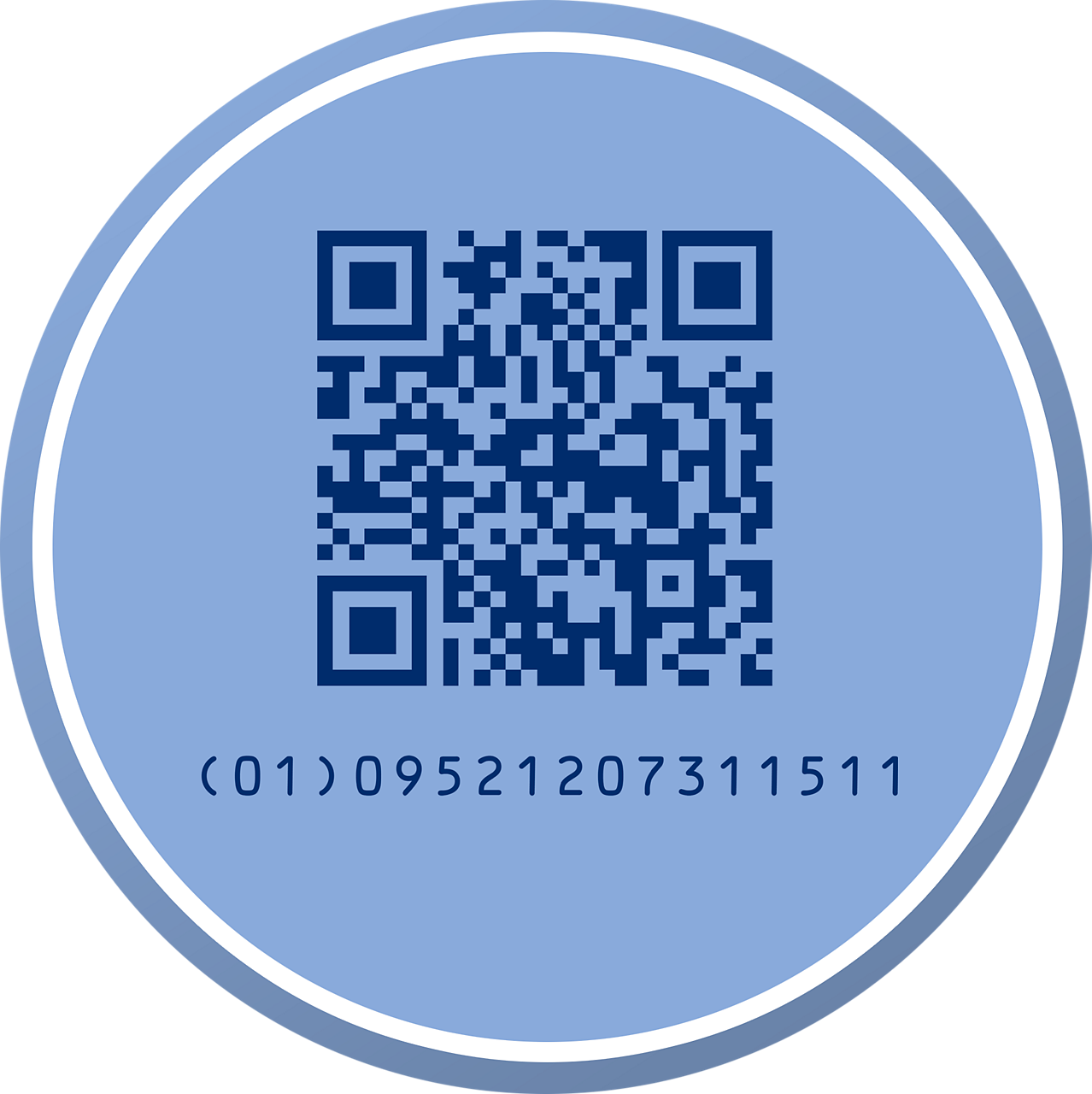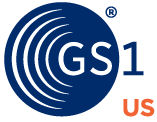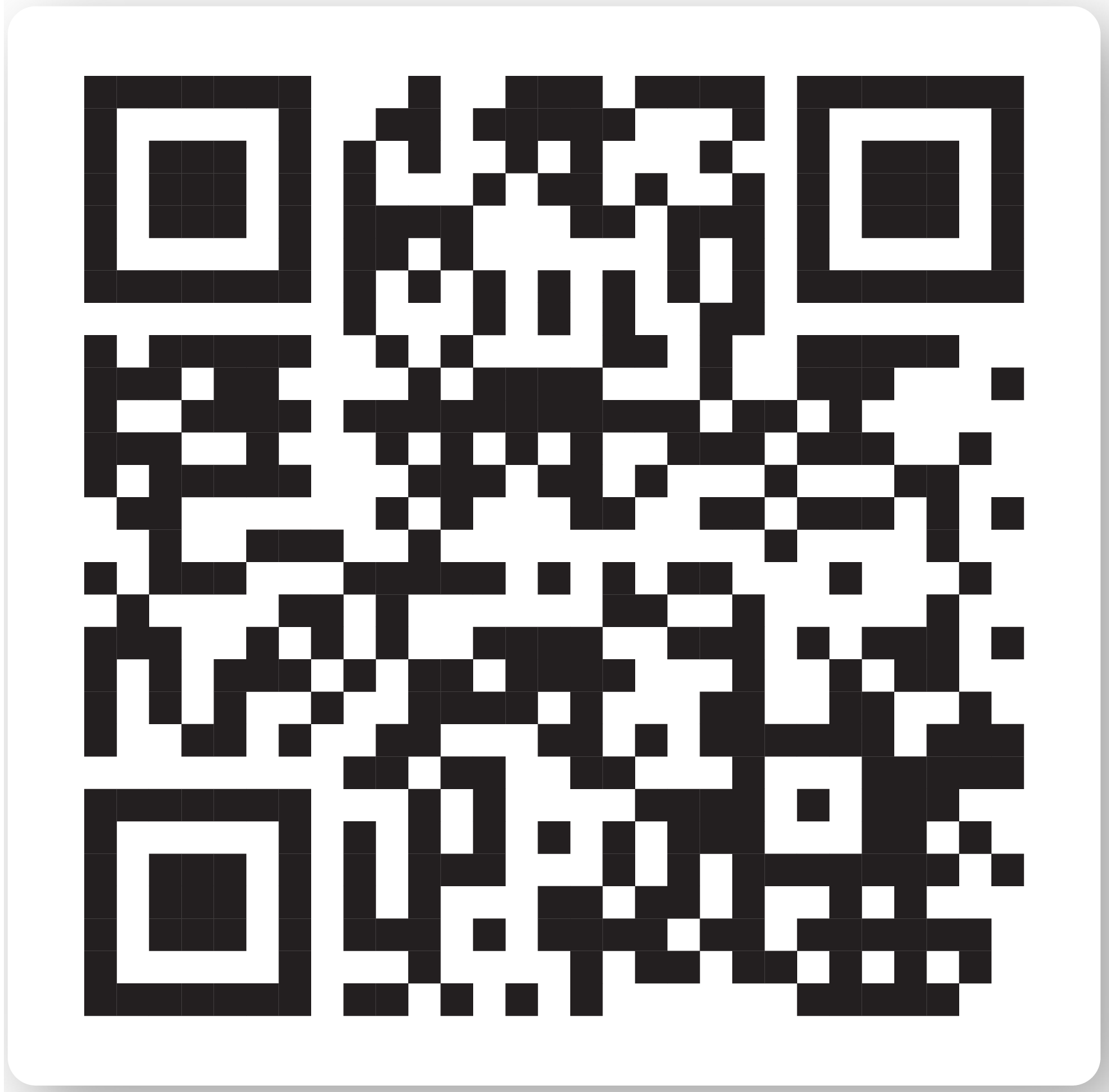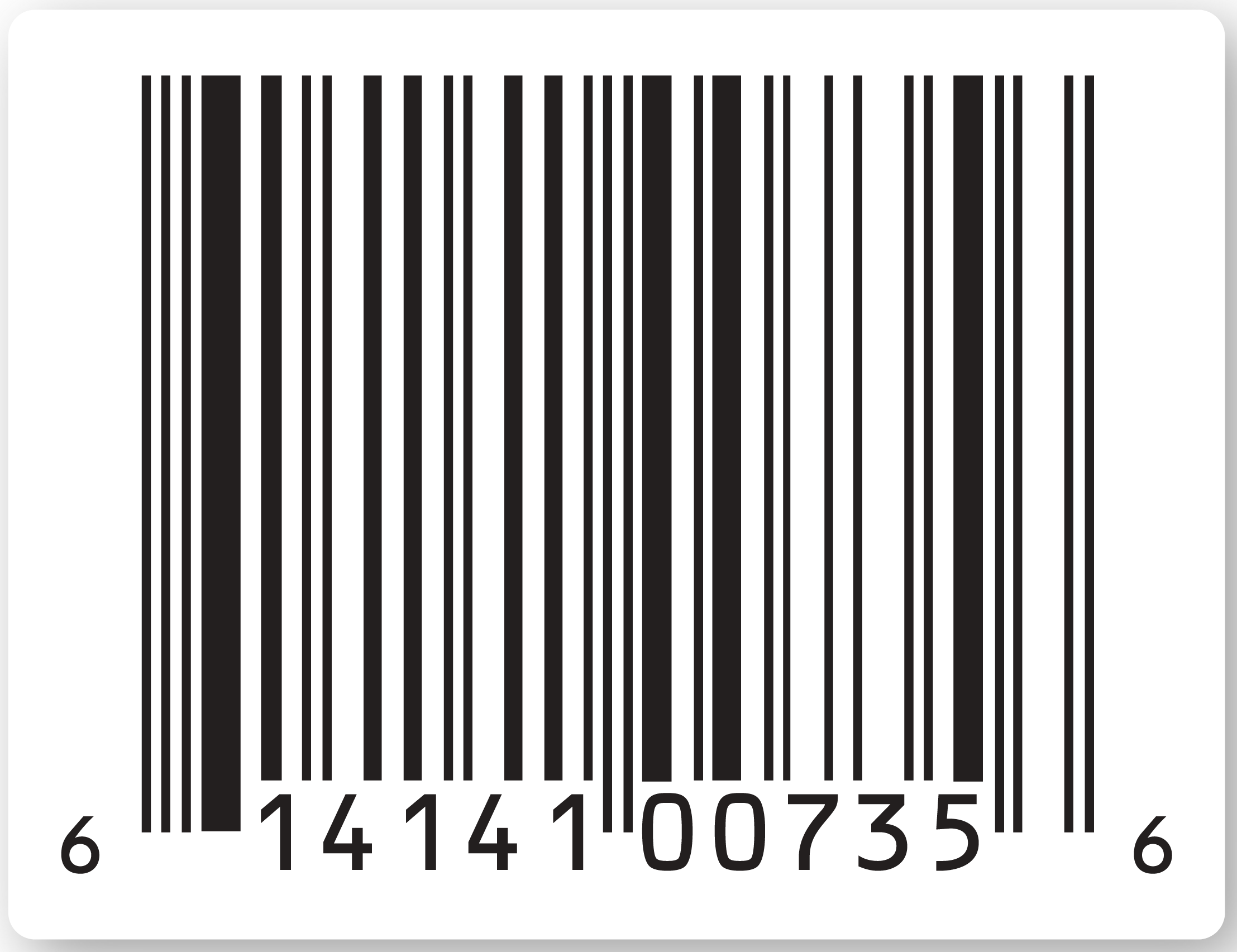2D or two-dimensional square barcodes appear as a small matrix grid made up of dark and light spaces. When scanned, these barcodes provide information about products such as their details, origin, and where they have been. They can exist on retail products, as well as on healthcare devices and medications.
QR Codes are well-known, but there are also other 2D barcodes like Data Matrix codes. 2D barcodes have been around for some time, but they became more apparent during the COVID-19 pandemic. Customers at restaurants could use their smartphones to scan QR codes for touchless and fast access to menus. 2D barcodes also helped to ensure the tracking of vaccines and helped in the identification of recalled, expired, or tampered shipments.
Because 2D barcodes can hold so much more data, they can include information like batch and lot numbers, weight, price, and expiration date and provide access to promotions, product uses, and recall notices. 2D barcodes can hold all this information (and more) in one barcode. Partners and consumers can scan it to get the information they need along the supply chain.
GS1 US is helping industries improve traceability and visibility in their supply chains by helping them switch to 2D barcodes. Widespread adoption across industries could create efficiencies for businesses and trading partners alike, as well as increase consumer engagement and satisfaction. Below are the various types of 2D barcodes available, their use cases, and benefits.
Related Topics

QR Codes
Smartphones can scan QR Codes, which are pixel grids, to provide information on the web and phone numbers. Most commonly, people use them to connect to websites through Uniform Resource Locators (URLs).
QR Codes can link to a web experience, but a 2D barcode, powered by GS1, uses GS1 Digital Link to link to all the product’s information to the web.
GS1 Digital Link is a standard that adds the ability for GS1 identifiers to directly connect to the web, making them more powerful and flexible. A GS1 Digital Link enabled 2D barcode, like a QR Code, has multiple benefits. They provide consumer information, enhance brand loyalty, improve supply chain traceability, and transfer data throughout the supply chain. These benefits extend all the way to the consumer.
With this type of QR Code, consumers can get product information like reviews, coupons, allergen information, and safety alerts. Retailers and partners can also use the same code to track inventory and manage checkpoints in the supply chain.

GS1 DataMatrix
Although a Data Matrix and a GS1 DataMatrix have similar names and appearances, they have different uses. Scanners can read the GS1 DataMatrix from any direction and angle. It is a square or rectangular shape filled with light and dark dots or squares.
A scanner or smartphone can read both a GS1 DataMatrix and a Data Matrix barcode. However, not all smartphones have this capability. Some smartphones require a separate app to read the information.
A GS1 DataMatrix is also a square or rectangular matrixed 2D barcode made up of individual dots or squares. The GS1 DataMatrix can be read from any angle. It includes information such as GTIN, expiration date, batch/lot number, and serial number.
The main difference is that it starts with a special sequence. This sequence indicates that it follows GS1 Standards. In addition, DataMatrix barcodes can also embed web experiences, whereas GS1 Data Matrix barcodes cannot.
The GS1 DataMatrix is small but holds a lot of information. Many industries, such as fresh foods, electronics, automotive, aerospace, and healthcare use it. You can find this barcode on a medication, like vaccines, or medical device packaging, and directly on medical devices.

Standard 1D vs. 2D Barcodes
1D, or one-dimensional, barcodes are linear codes commonly found on products for identification purposes. At checkout, they use lines and spaces to look up prices and encoded data. This data includes information about the item's origin, type, and location in the supply chain.
When you scan a 1D barcode, there must be a matching item in the price database for it to work. 2D barcodes, like QR Codes, can store more than just letters and numbers. They can also hold a URL to enable access to things like pictures, website links, audio, and other types of computer data. What makes 2D barcodes stand out is that supply chain partners and checkout registers will be able to scan the same 2D barcode. This means it doesn't always need a database connection to provide vital information.
Brands can embed product details in 2D barcodes and link them to detailed web content. This offers full product transparency, allowing consumers to understand better and make informed buying choices. When partners access data embedded along the supply chain, such as sell-by dates, it simplifies safety procedures. This also makes inventory management more efficient.
1D vs. 2D Barcodes
What Industries are Adopting 2D Barcodes?
As the supply chain evolves and consumers demand more information, industries are adopting 2D barcode technology. They are looking to seamlessly capture and share more robust data across the supply chain, while increasing consumer engagement and supply chain effectiveness.

Healthcare and Pharmaceutical Use
Regulations often influence which barcodes the healthcare industry uses. Healthcare professionals use the GS1 DataMatrix most often because it streamlines product identification and traceability. This 2D barcode can store details like a Global Trade Item Number® (GTIN®) with a U.S. FDA National Drug Code (NDC), batch numbers, expiration dates, and serial numbers.
For pharmaceuticals, this approach helps meet the Drug Supply Chain Security Act (DSCSA). It also boosts patient safety, prevents counterfeit products in the supply chain, and speeds up automation and digital modernization.

Retail
Retailers are working toward accepting 2D barcodes at point-of-sale and integrating them into the shopping experience. Using just one barcode, consumers can interact with brands via coupons, loyalty rewards, or gamified experiences. Meanwhile, supply chain partners can access crucial details such as batch/lot numbers and expiration dates.
While 2D barcode use is increasing, the UPC barcode isn’t going away. GS1 US is working with the industry on the Sunrise 2027 initiative. Moving toward 2027, shoppers might notice both a 2D barcode and a standard UPC barcode displayed together during the transition period. The goal with transitioning to 2D is to be able to access more information, save packaging space, and avoid printing multiple barcodes on one product package.

Logistics
With more people shopping online, processing product demands effectively has become crucial for warehouses and distribution centers. Barcodes play a crucial role in product intake, improving accuracy and traceability in the supply chain. Introducing 2D barcodes can boost efficiency and accuracy even further, making it easier to adapt to disruptions in the supply chain.
A single scan can gather vital details about products, lots, and shipments. The system then stores this data in a central database, ensuring easy access. As products travel on conveyor belts, scanners can read 2D barcodes from any direction, increasing efficiency and reducing human error.
How is GS1 US leading the transition from 1D to 2D Barcodes?
For over 50 years, the traditional barcode has offered price-lookup functionality. GS1 US has been working with industry in acknowledging the increasing demand for greater product information transparency, traceability, and authentication. In response to the demand for more data, industries introduced 2D barcodes to serve both supply chain and consumer needs.
2D barcodes increase engagement across the supply chain. Aside from offering consumers greater product transparency, 2D barcodes enable:
Efficiencies in managing inventory
Enhanced recall readiness
Greater insight into sustainability and ethical sourcing
The ability to authenticate products and avoid counterfeiting
Greater brand trust
A single scan can access more information, whether by a consumer's smartphone, a supply chain partner, or at the checkout.
This method streamlines information collection and lets businesses use packaging more wisely, reducing the need for traditional barcodes. While some retailers have started using this method, the entire industry plans to shift to support the Sunrise 2027 initiative.
GS1 US is working with leaders and solution providers to pave the way for the next generation of barcodes. The industry can meet consumer demands for more information and enhance their supply chains.









